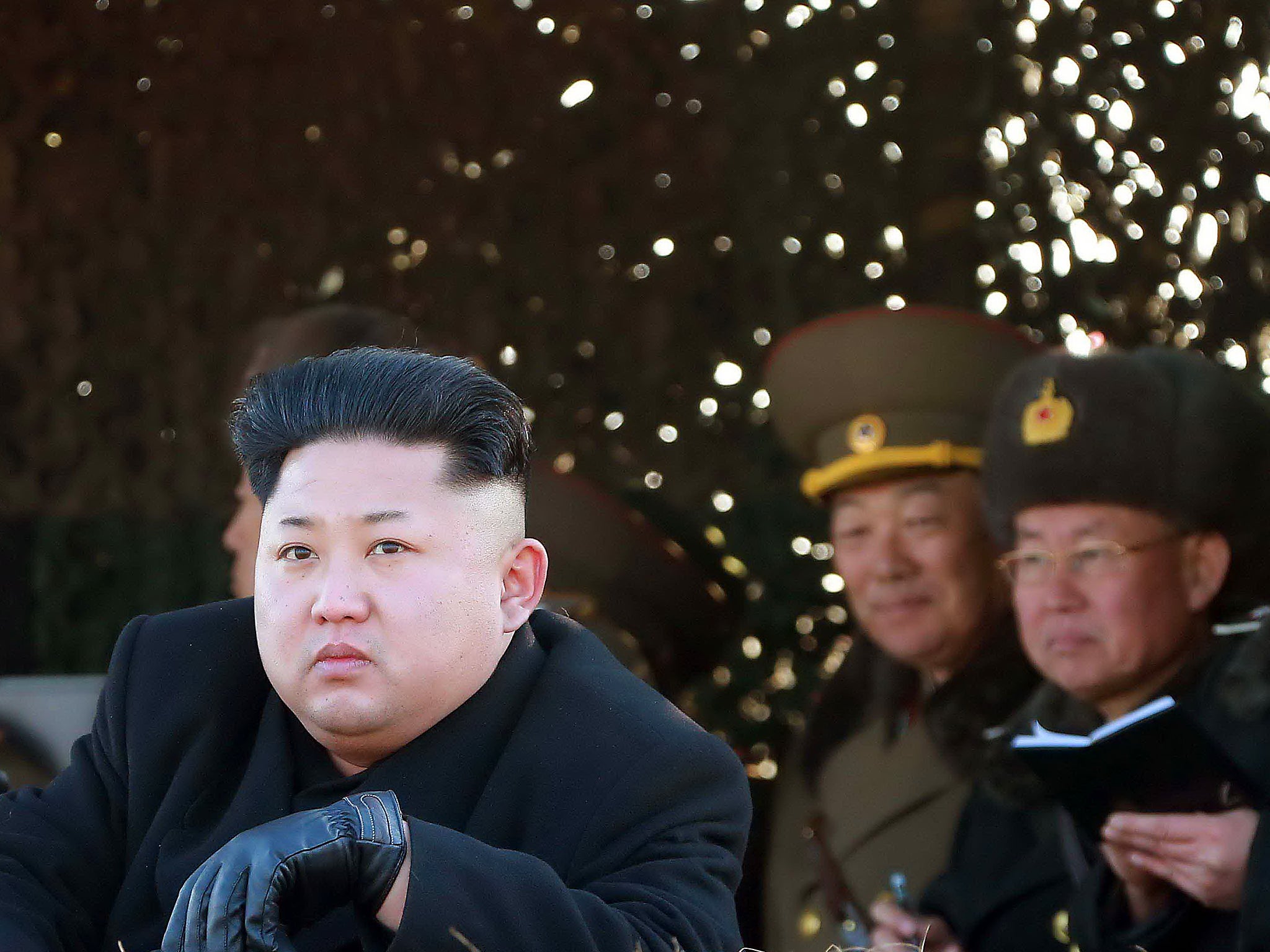North Korea: New satellite images reveal 'hellish' reality of Kim Jong-un's prison camps
Murderous regime keeps up to 120,000 political prisoners in camps - where they are raped, tortured and starved

Your support helps us to tell the story
This election is still a dead heat, according to most polls. In a fight with such wafer-thin margins, we need reporters on the ground talking to the people Trump and Harris are courting. Your support allows us to keep sending journalists to the story.
The Independent is trusted by 27 million Americans from across the entire political spectrum every month. Unlike many other quality news outlets, we choose not to lock you out of our reporting and analysis with paywalls. But quality journalism must still be paid for.
Help us keep bring these critical stories to light. Your support makes all the difference.
North Korea has renovated a crematorium at one of the notorious camps where its regime tortures and starves political prisoners, new satellite images have revealed.
Amnesty International claims the new pictures prove the infamous camp system is still running because people can also be seen harvesting crops and new guard towers have been created.
The Kim regime has repeatedly said the facilities - which Amnesty labelled "hellish" and the sites of "abuse on an industrial scale" - do not exist, despite the testimony of defectors and the results of UN human rights reports.
Kerry Moscogiuri, Amnesty's UK campaign director, said: “The North Korean government is still denying the existence of these hellish camps, but year after year we’ve documented and photographed a vast network so massive that it’s visible from space.
“The tens of thousands of people held in the camps face unimaginable suffering - excruciating forced labour, rampant malnutrition, violent punishments, rape and even execution.
“These images chronicle abuse on an industrial scale.”
The latest pictures, taken in May and August, reveal the interiors of two 'kwanliso' camps, numbered 15 and 25.
At Camp 15, known as Yodok, more than two dozen agricultural or industrial support buildings were demolished alongside 14 prisoner housing units. But Amnesty said it thought the camp was still active because administrative blocks, guard posts and perimeter fences were kept in order.
The regime appeared to be expanding "labour-intensive activities" at Camp 25, the group said, after it spotted people harvesting crops in one image. Six new guard posts were created near what was thought to be a mine, and the roof of a suspected crematorium was renovated.
A 2014 UN report detailed rights abuses in North Korea by a "state that does not have any parallel in the contemporary world".
It said: "These crimes against humanity entail extermination, murder, enslavement, torture, imprisonment, rape, forced abortions and other sexual violence, persecution on political, religious, racial and gender grounds, the forcible transfer of populations, the enforced disappearance of persons and the inhumane act of knowingly causing prolonged starvation."
South Korea and Japan signed a pact on Wednesday to share military information about the secretive North directly, including satellite tracking of missile launches, without having to use the United States as an intermediary.
It came after months of headline-grabbing belligerence from the Communist state that included two nuclear weapons tests.
Subscribe to Independent Premium to bookmark this article
Want to bookmark your favourite articles and stories to read or reference later? Start your Independent Premium subscription today.
Join our commenting forum
Join thought-provoking conversations, follow other Independent readers and see their replies
Comments